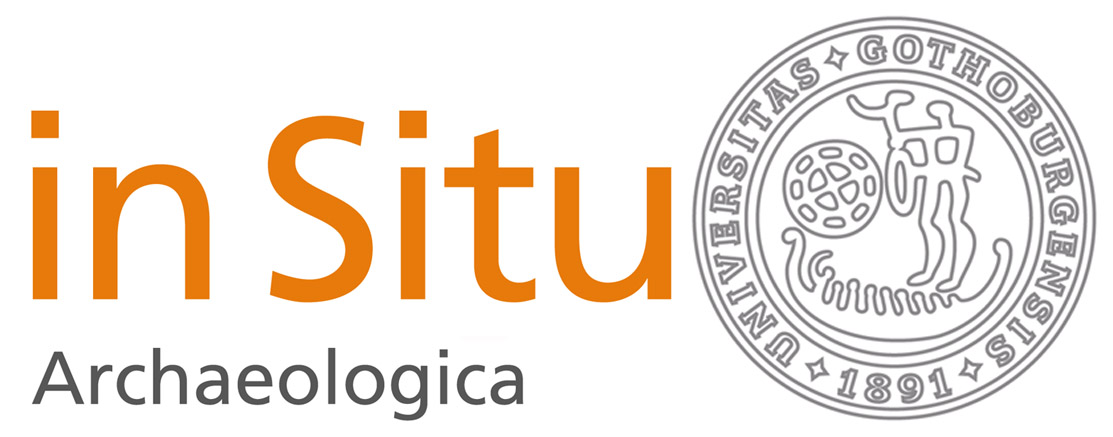Dieter och identiteter
Neolitisk matkultur på Öland utifrån analys av stabila isotoper
DOI:
https://doi.org/10.58323/insi.v9.13321Nyckelord:
Archaeology, isotope analysis, Neolithic, graves, ÖlandAbstract
With the aim of examining the economic impact of the introduction of farming on the island of Öland; skeletal material from a passage grave in Resmo has been subjected to stable carbon and nitrogen isotope analysis. The results reveal a continued utilisation of marine resources, combined with terrestrial resources, throughout the Middle Neolithic. A shift towards a purely terrestrial (i.e. domesticated) economy took place, as late as the Late Neolithic/Early Bronze Age. Further, through comparing the results from Resmo with stable isotope data from the Pitted Ware Culture Site Köpingsvik on Öland, distinct differences in the dietary practices between the two sites can be observed. This implies the existence of two separate, coeval populations on Öland, throughout the Middle Neolithic; with different economies, burial practices and material culture.
Nedladdningar
Downloads
Publicerad
Referera så här
Nummer
Sektion
Licens
Författare som bidrar till In Situ Archaeologica har givit sitt medgivande att publicera sina artiklar under en Creative Commons-licens. Den ger tredje part vissa rättigheter till att nyttja materialet. Rättigheterna styrs av vilken licens verket är publierad under. Det åligger tredje part att sätta sig in i verkets creative common licens innan materialet används i eget syfte. Det är alltid författaren som har copyright till verket och allt nyttjande av tredje part förutsätter att ett tydligt erkännande ges till verkets upphovsperson, att en länk till licensen tillhandahålls.



